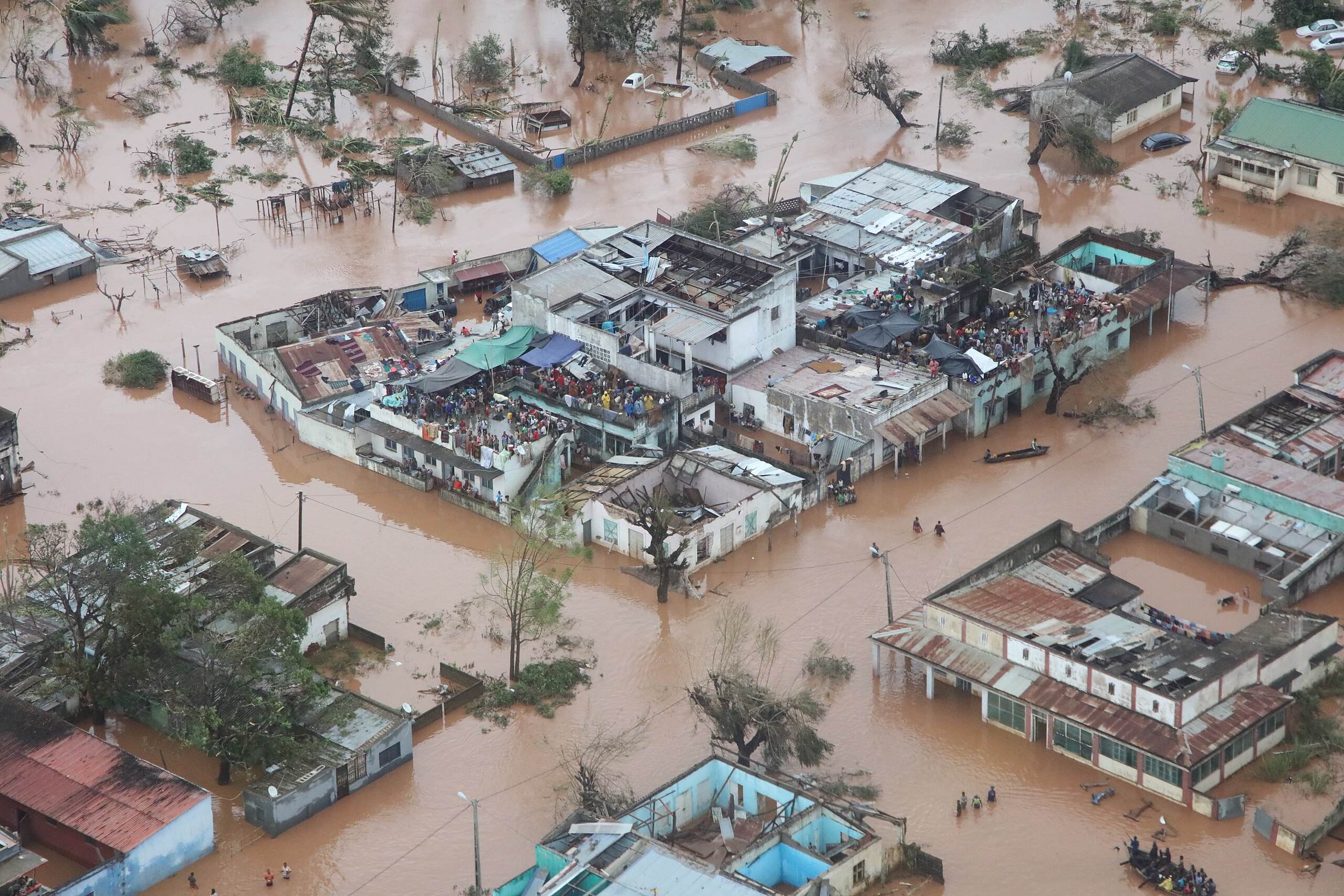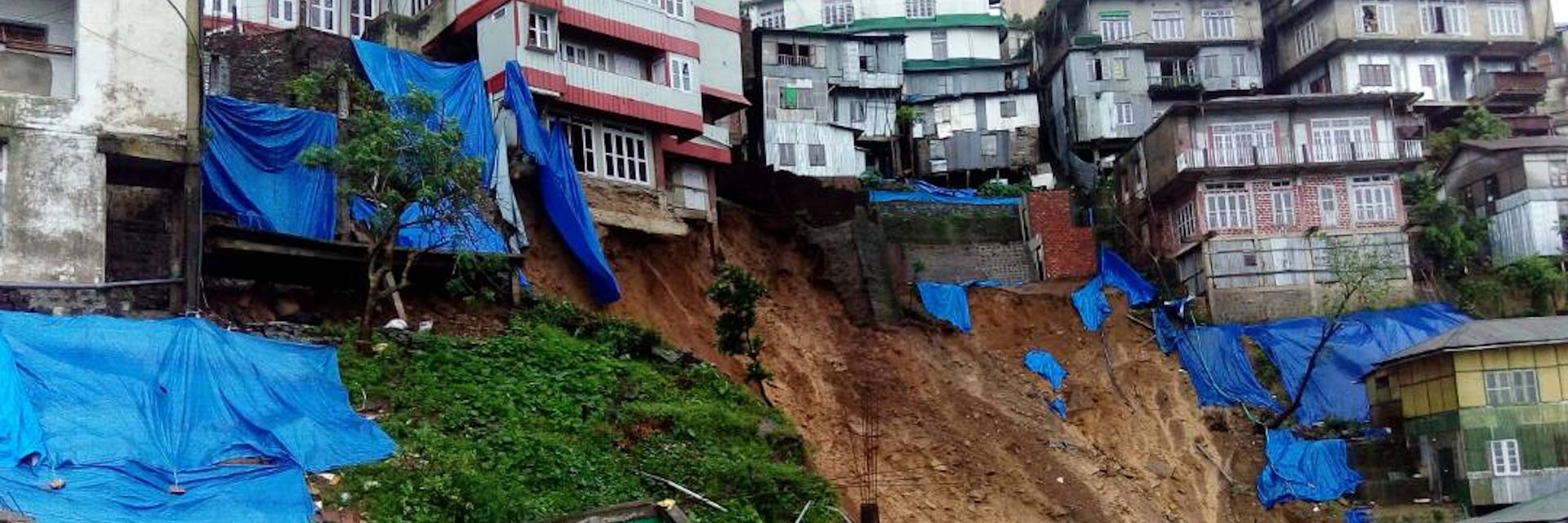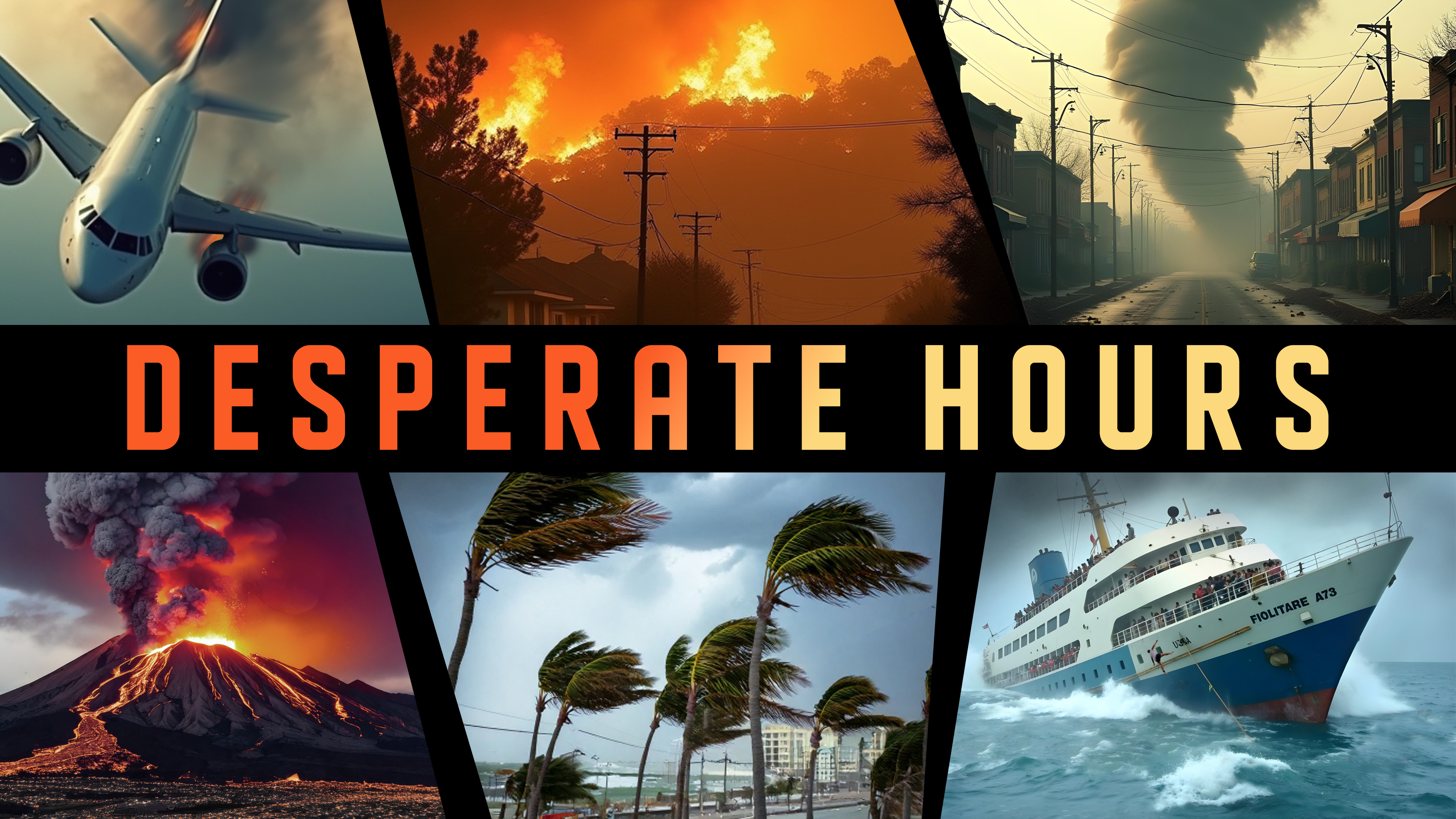You never know when disaster will strike.
◊
A hurricane makes landfall in Florida, wreaking havoc on coastal communities. A wildfire explodes into a conflagration in Victoria, Australia. Fast-rising floods inundate vulnerable towns and villages in Spain. We’ve seen devastating events such as these a thousand times, but, truth be told, it’s hard to turn away from them – perhaps because we are aware that any of us could get caught in the middle of one.
The people living through such experiences know first-hand the destructive and often deadly results of natural and human-induced disasters around the world. For most of history, those who weren’t at the sites of major disasters had no way of seeing the raw destructive power that was unleashed. In fact, news of many catastrophes never reached distant communities at all.
But, for the past century or so, the steady advance of telecommunications has brought major disasters into sharp focus for readers, listeners, and viewers living far from the locations that are devastated. When a tsunami sweeps ashore in India, millions of residents of London and Tokyo can witness the destruction, sometimes in real time, from the safety of their living rooms.
We do, indeed, live in an ever-smaller world.
Watch the first six episodes of Desperate Hours now!
MagellanTV will release the second half of Desperate Hours on June 19. (The first half of the series premiered on May 8 of this year.) Each of the first six episodes deals with a particular type of major natural catastrophe, such as earthquakes and hurricanes. In the second half, the show expands to include episodes about both natural and man-made disasters, including airliner crashes and nuclear accidents.
I had the opportunity to watch the first episode of the new batch recently, and I must say it’s a riveting, briskly presented account of what can be broadly categorized as geological natural disasters. The events it focuses on are bundled into categories, including avalanches, landslides, blizzards, and heat waves, among others. Some of the disasters resulted in few casualties, leaving a viewer to wonder how so many people had managed to survive. But others involved large numbers of victims, many of whom suffered sudden, inescapable deaths.
 Flooding in Mozambique after Cyclone Idai, March 2019 (Source: Wikimedia Commons)
Flooding in Mozambique after Cyclone Idai, March 2019 (Source: Wikimedia Commons)
The production includes events that occurred in numerous countries around the world, and draws on raw film and video footage shot by both amateurs and professionals. It favors fast-paced movement from scene to scene instead of wordy narration, lending it a feeling of immediacy and authenticity as it leads the viewer through a panoply of devastating events. And, with a running time of only about 26 minutes per episode, the series is perfect for either binge-watching or watching one video at a time.
So, if disaster-related documentaries are among your special interests, Desperate Hours is a must-see for your watch list. Check it out in June on MagellanTV.
Ω
Arthur M. Marx is the Lead Editor at MagellanTV. He was previously a senior writer/editor at Harvard University's Kennedy School of Government.
Title Image credit: Naikhat, via Wikimedia Commons


